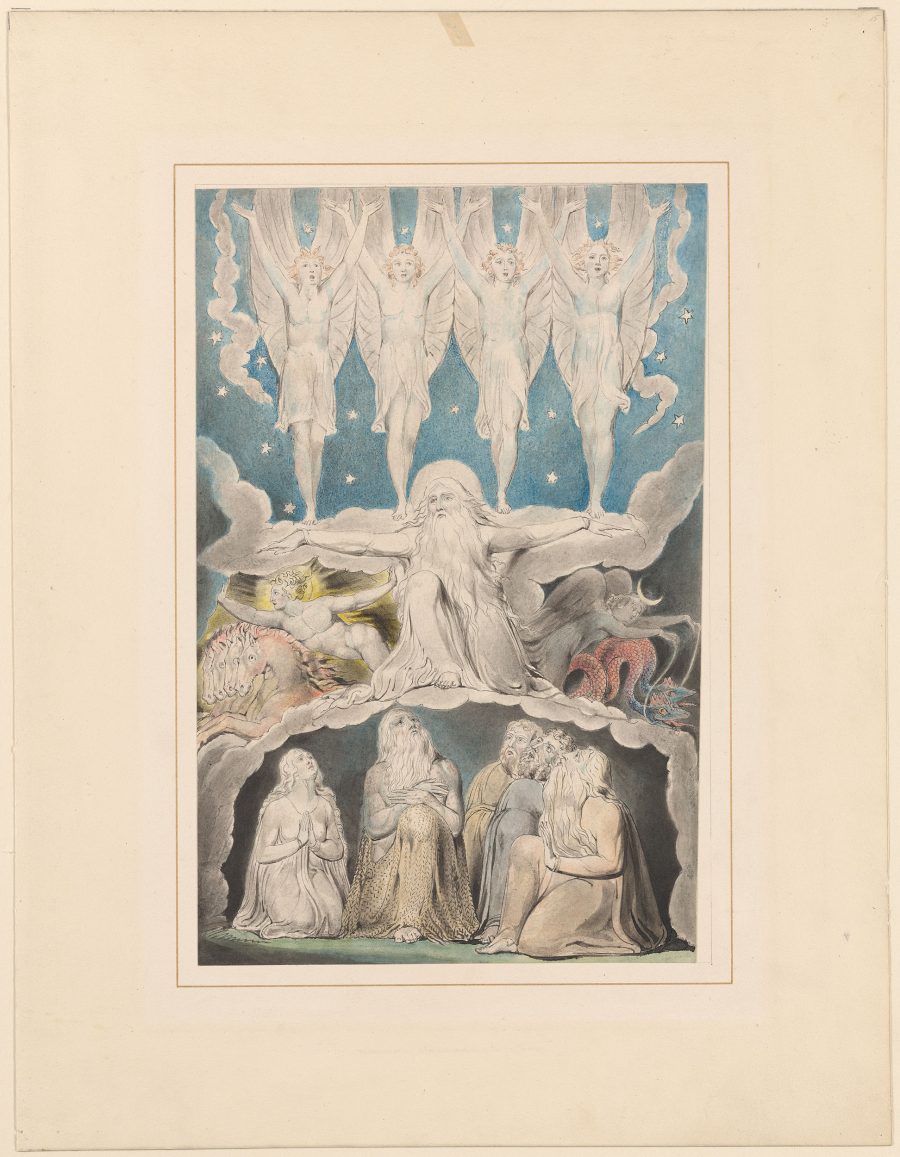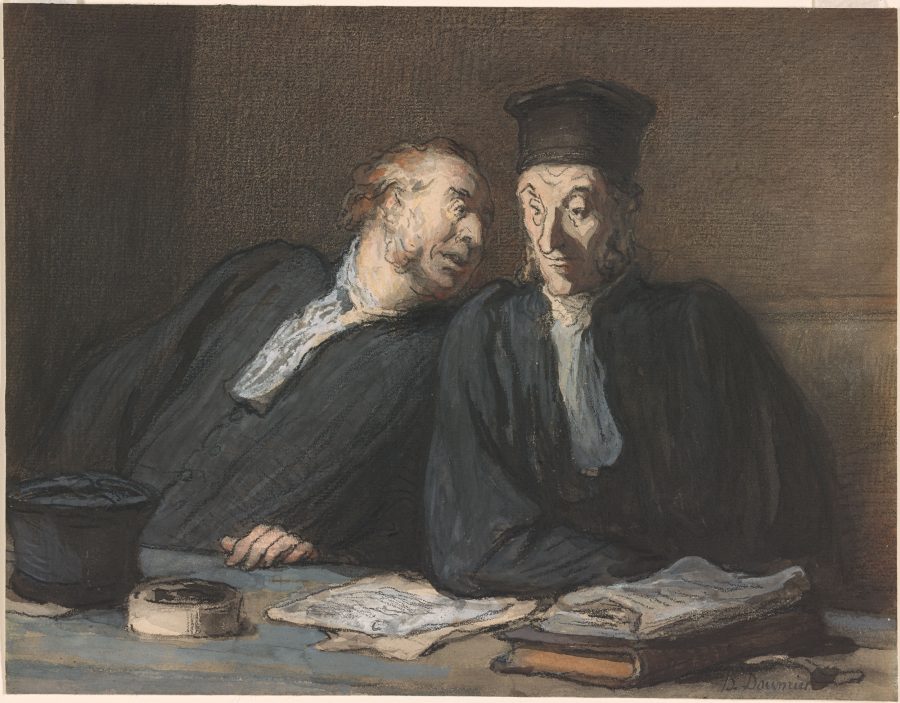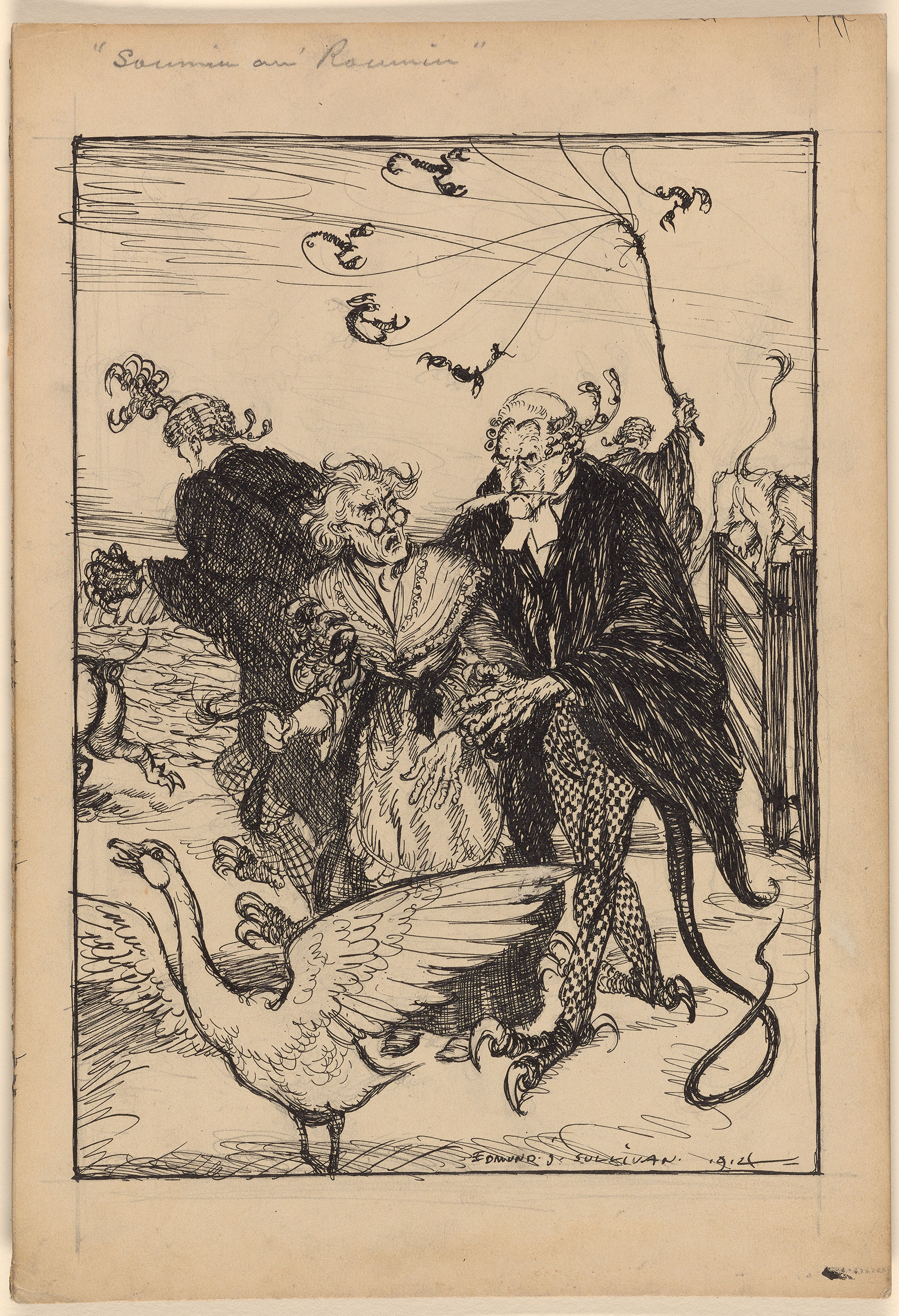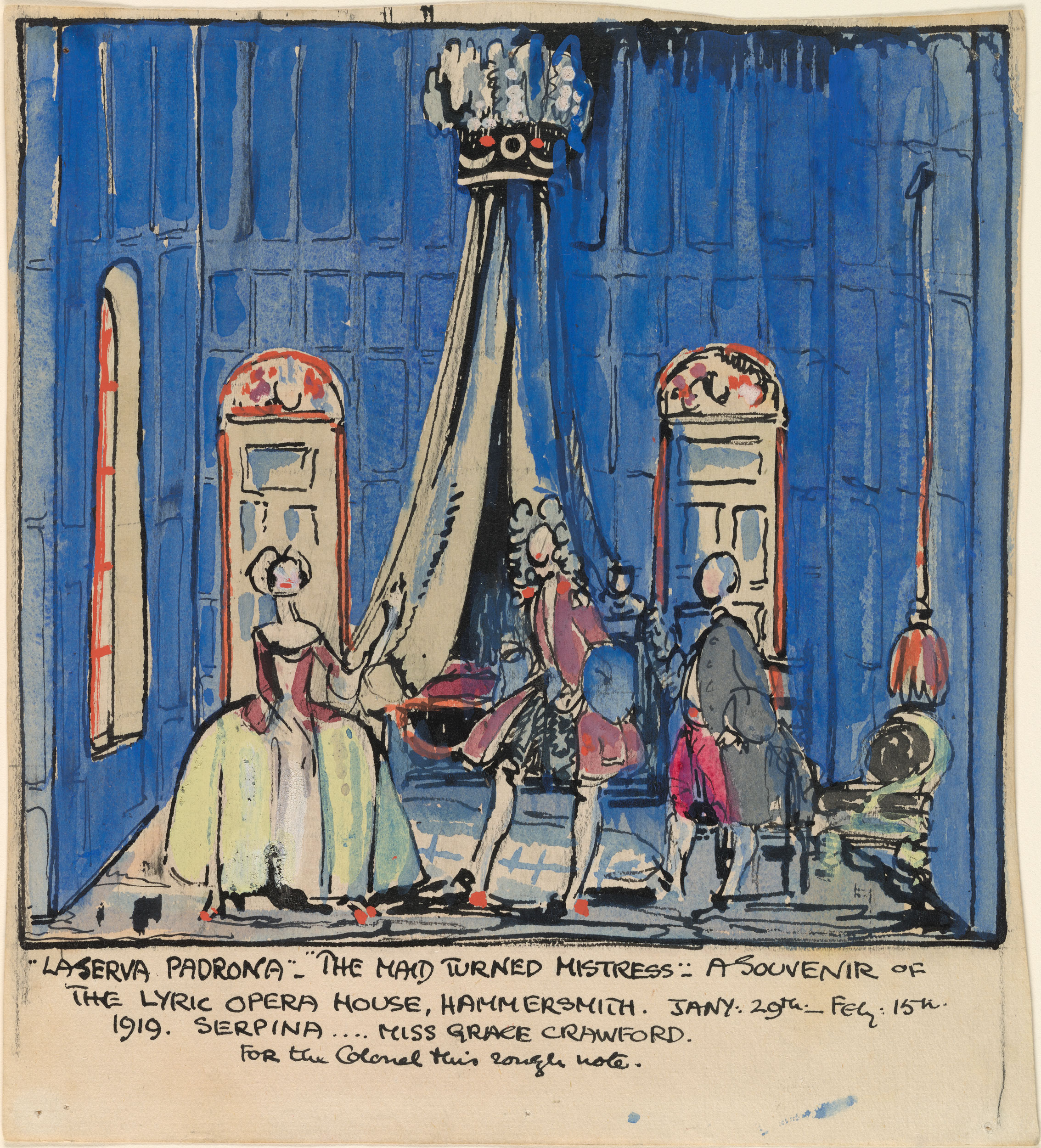When punk rock began to wend its way out of the three-chord guitar attack and into a new generation of mannerisms, it tended to be bass players who led the way. Joy Division’s Peter Hook, Public Image Ltd’s Jah Wobble, The Cure’s Simon Gallup, Bauhaus’s David J. With their moody takes on dub reggae, chord-driven melodicism, and lead lines on the upper frets, these were innovative players, but they still embraced the relative simplicity of punk at their core. Across the pond, then across the continent, however, in Southern California, punk bass took a much more animated, virtuosic character, thanks to jazz and funk-inspired legends like Minutemen’s Mike Watt and the Red Hot Chili Peppers’ Flea, who has become, since his early 80s beginnings one of the most famous rock musicians in the world for his speed and unparalleled technique.
The shirtless wonder, who comes across both onstage and off as incredibly gregarious, yet humble, was once voted by Rolling Stone readers as the second best bassist of all time, and it’s not hard to see why, for example, in the mind-blowing video just above. But it is hard to see how. How does he do it? And what exactly is “it,” that incomparable Flea style? Where did it come from?
The Polyphonic video at the top breaks it down for us, the combination of funk slapping and popping and punk speed and aggression, combined with a melodicism Flea developed as a counterpoint to John Frusciante’s rhythmic guitar lines. Flea’s incredibly detailed attacks stand out for their novelty and precision, but it’s his ear for melody that makes his playing so distinctively musical, even when pared down and slowed down in RHCP’s ballads.
Some bassists weave lines around guitars and vocals, some mostly synchronize with the drummer’s kicks and hits—Flea does both, shifting from style to style within songs, and sometimes sounding like he’s playing two basses at once. His syncopated slap bass hits, courtesy of Sly Stone’s Larry Graham, create a secondary backbeat slightly ahead or behind Chad Smith’s drumming; his use of strummed chords, wild leaps around the neck, and beautifully melodic voicing make his bass playing an essential element of every song, rather than a just a low-end harmonic underpinning for more noticeable instrumentation. Funk music has always been bass-driven, and the Chili Peppers’ funkiest tracks, and most excellent covers, follow the tradition. But in rock the bass can feel “like an afterthought.”
In Flea’s more than capable hands, a simple rock bass riff, as in “Snow,” just above, can suddenly become a thing of wonder (check it out at 1:51), even on its own and unaccompanied. Perhaps no bassist since Paul McCartney or John Paul Jones has done as much to turn rock bass into a lead instrument or has written as many memorable bass lines, only Flea can play them ten times faster while leaping several feet in the air. His “astounding instrumentalism” has always been amazing to behold, and not easy to imitate, to say the least. But why try? Bass players can learn a lot from watching Flea and incorporating his expressive techniques into their repertoire. But even Flea himself, perhaps the most recognizable bass player in rock, understands the instrument first and foremost as a supporting player. His best advice? Play in the “spirit of givingness,” as he says in his video lesson below, and listen to the subtleties of the other musicians’ playing. “You want to make everyone else sound good.” Hey, if it’s good enough for Flea.…
Related Content:
The Genius of Paul McCartney’s Bass Playing in 7 Isolated Tracks
What Makes John Bonham Such a Good Drummer? A New Video Essay Breaks Down His Inimitable Style
The Neuroscience of Bass: New Study Explains Why Bass Instruments Are Fundamental to Music
Josh Jones is a writer and musician based in Durham, NC. Follow him at @jdmagness









